Electric bikes, or e-bikes, have surged in popularity as a versatile mode of transportation that offers an appealing blend of traditional cycling and motor-assisted power. But are electric bikes easy to ride?
This guide explores the ease of riding electric bikes, delves into their operational mechanics, and provides practical tips to enhance the riding experience. If you're a beginner considering your first e-bike purchase, read on to learn all the insights!

Are Electric Bikes Easy to Ride?
Electric bikes are designed to enhance the riding experience, making them remarkably easy to ride compared to traditional bicycles. The electric motor provides assistance as you pedal, the level of which you can adjust based on your needs and the terrain. This means you can cover longer distances, tackle uphill climbs, and accelerate with less effort or physical strain.
For beginners, the learning curve is minimal. Most electric bikes operate just like regular bikes, with the added advantage of the motor kicking in when needed. This can be especially helpful for those who may not be in top physical shape or who are returning to cycling after a period of inactivity.
Additionally, for those concerned about safety, modern e-bikes are built with advanced braking systems and ergonomic designs that enhance stability and control, ensuring a safe ride even at higher speeds or on busy streets.
Moreover, the design of e-bikes often focuses on comfort and ease of use. Features like step-through frames, upright seating positions, and adjustable handlebars contribute to a more comfortable ride, allowing you to enjoy longer journeys without discomfort.
How Do Electric Bikes Work?
Understanding the basic mechanics of an e-bike can help you appreciate how they make cycling easier. At the core of an electric bike's functionality are three key components: the motor, the battery, and the controller, all integrated seamlessly to enhance the riding experience.
- The Motor: The motor is the heart of an electric bike, providing the additional force needed to assist with pedaling. There are typically two types of motors used in e-bikes: hub motors, which are installed in the front or rear wheel, and mid-drive motors, which are positioned at the bike's crank and pedals. Mid-drive motors are especially effective on steep terrains because they leverage the bike's gears as the terrain changes, offering a more natural riding feel.
- The Battery: The battery acts as the fuel tank for the motor. It is usually a lithium-ion battery due to its long life span, substantial power capacity, and lightweight characteristics. The battery's placement can vary, with some designs incorporating it into the bike frame for a sleek look and improved balance. The range of an e-bike depends on the battery's capacity, typically allowing anywhere from 25 to 70 miles on a single charge, depending on the level of assistance used and riding conditions.
- The Controller: The controller is the brain of the e-bike, linking the motor and the battery. It regulates the amount of power delivered to the motor based on the rider's input through the pedal-assist settings. Riders can select different levels of motor assistance through a handlebar-mounted display, which also provides information on speed, battery level, and distance traveled.

7 Ways to Make Riding an Electric Bike Easy
Now that you understand the basic operation of an e-bike, here are some practical tips to make riding electric bikes a smoother, more enjoyable experience:
- Start with the Right Setup: Before you begin riding, make sure your e-bike is adjusted to fit your body. This includes setting the right seat height, handlebar angle, and tire pressure. A properly fitted bike reduces strain and increases comfort, which is essential for an enjoyable ride.
- Understand Your E-Bike's Settings: Familiarize yourself with the different levels of pedal assist and how to operate your e-bike's controls. Knowing how to adjust the settings while riding will make it easier to manage changes in terrain and your own energy levels.
- Practice Balancing: While e-bikes are heavier than traditional bikes due to the added components like the motor and battery, they also offer greater stability. Practice riding in a safe area to get used to the weight and feel of the bike, especially when starting and stopping.
- Use the Gears Effectively: Just like a regular bike, using gears effectively can make a big difference in your ride. Use lower gears when starting out or climbing hills and higher gears on flat or downhill sections. This will help you use the electric assist more efficiently and extend your battery life.
- Keep the Battery Charged: Always start your ride with a fully charged battery to avoid running out of power mid-ride. Regularly charging your battery also maintains its health and longevity.
- Plan Your Route: Consider the range of your e-bike and plan your route accordingly. Opt for paths that are friendly for bikes and avoid rough terrains if you're not comfortable with them yet. Knowing your route will also help you manage battery use and ensure you have enough power for the journey.
- Regular Maintenance: Like any vehicle, an e-bike requires regular maintenance to perform at its best. Regular checks and servicing of the brakes, tires, battery, and motor can prevent breakdowns and ensure your rides are smooth and safe.
Conclusion
So, are electric bikes easy to ride? As we've seen, electric bikes offer a delightful blend of traditional cycling and motor-assisted power, making them not only accessible but also a joy to ride for people of all ages and fitness levels. While there might be a slight learning curve and some adjustments to make, the overall experience is significantly easier than riding a traditional bike. By understanding how e-bikes work, following the tips in this article, and practicing regularly, you can confidently embark on your e-bike adventures and enjoy the freedom and fun that e-bikes have to offer.
FAQ
How easy are electric bikes to ride?
Electric bikes are very easy to ride. They operate much like regular bicycles but with the added benefit of a motor, which helps with pedaling, especially up hills or over long distances. This makes them accessible for riders of all fitness levels, allowing for a less strenuous and more enjoyable ride. Many e-bikes also come with various power settings to control the amount of assistance the motor provides, making them versatile and user-friendly.
Can a beginner ride an electric bike?
Yes, a beginner can ride an electric bike. Electric bikes are designed to be as easy to ride as regular bicycles, with the added benefit of an electric motor to assist with pedaling. This makes them an excellent choice for beginners, as they can help you ride longer distances and tackle hills more easily.


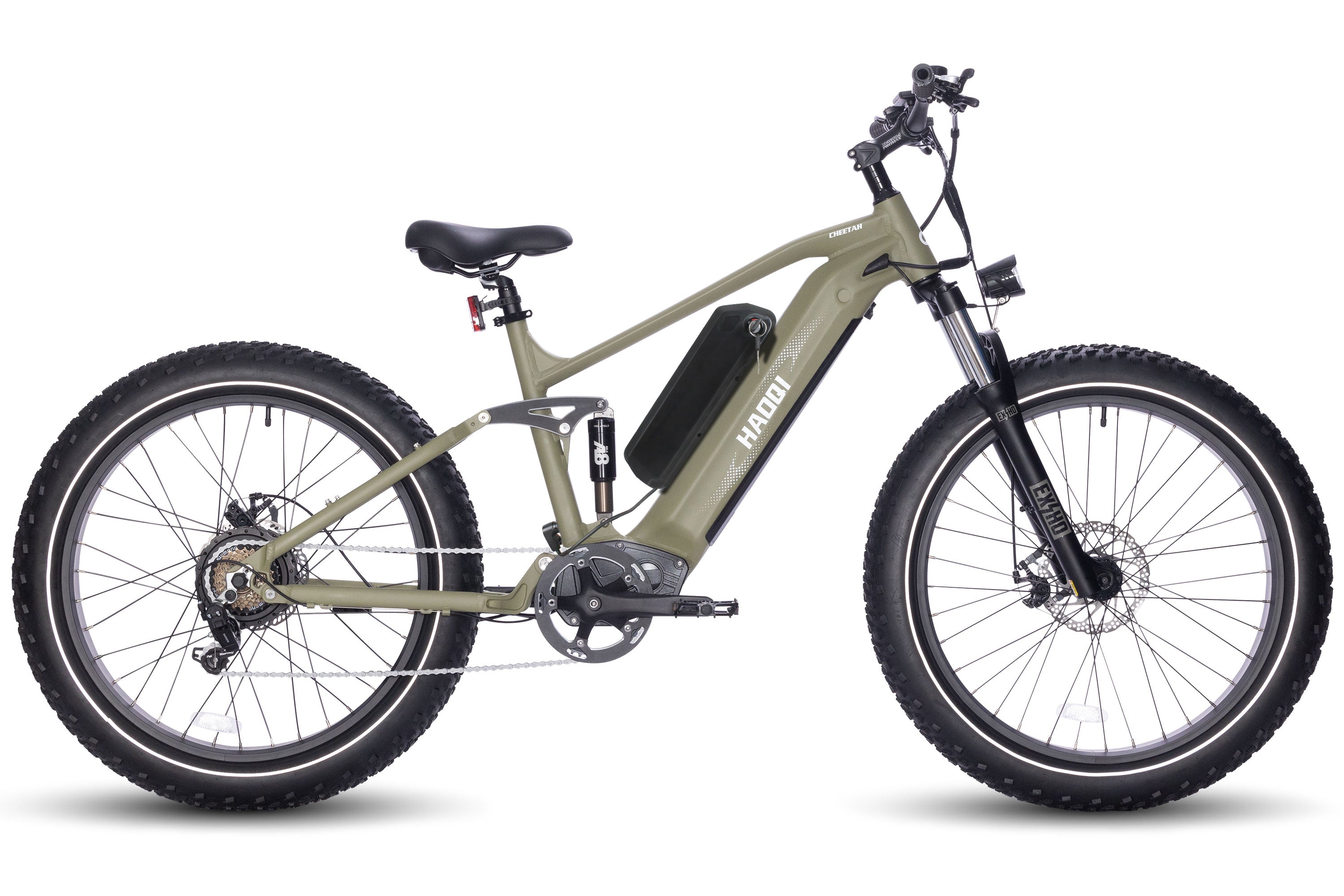
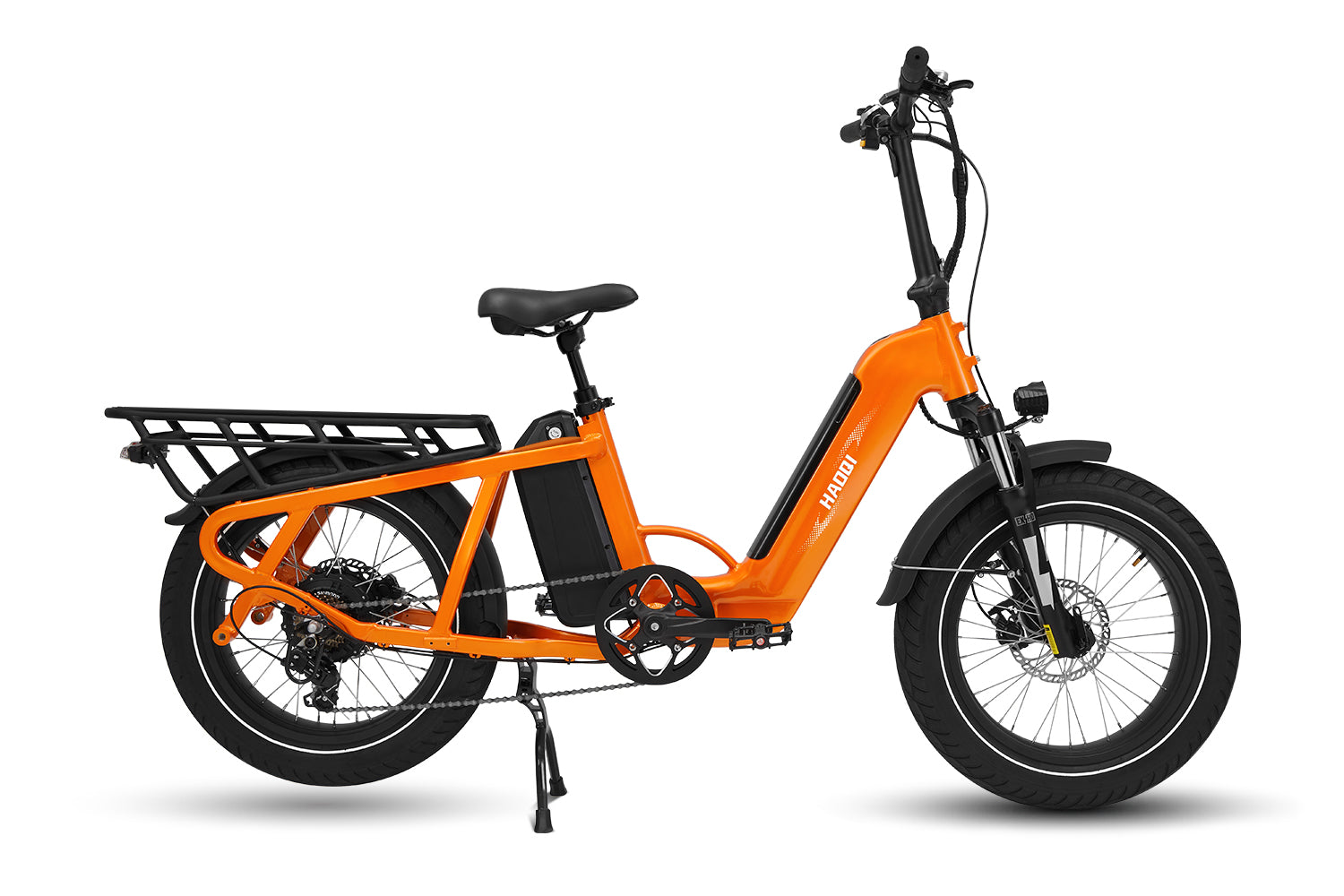
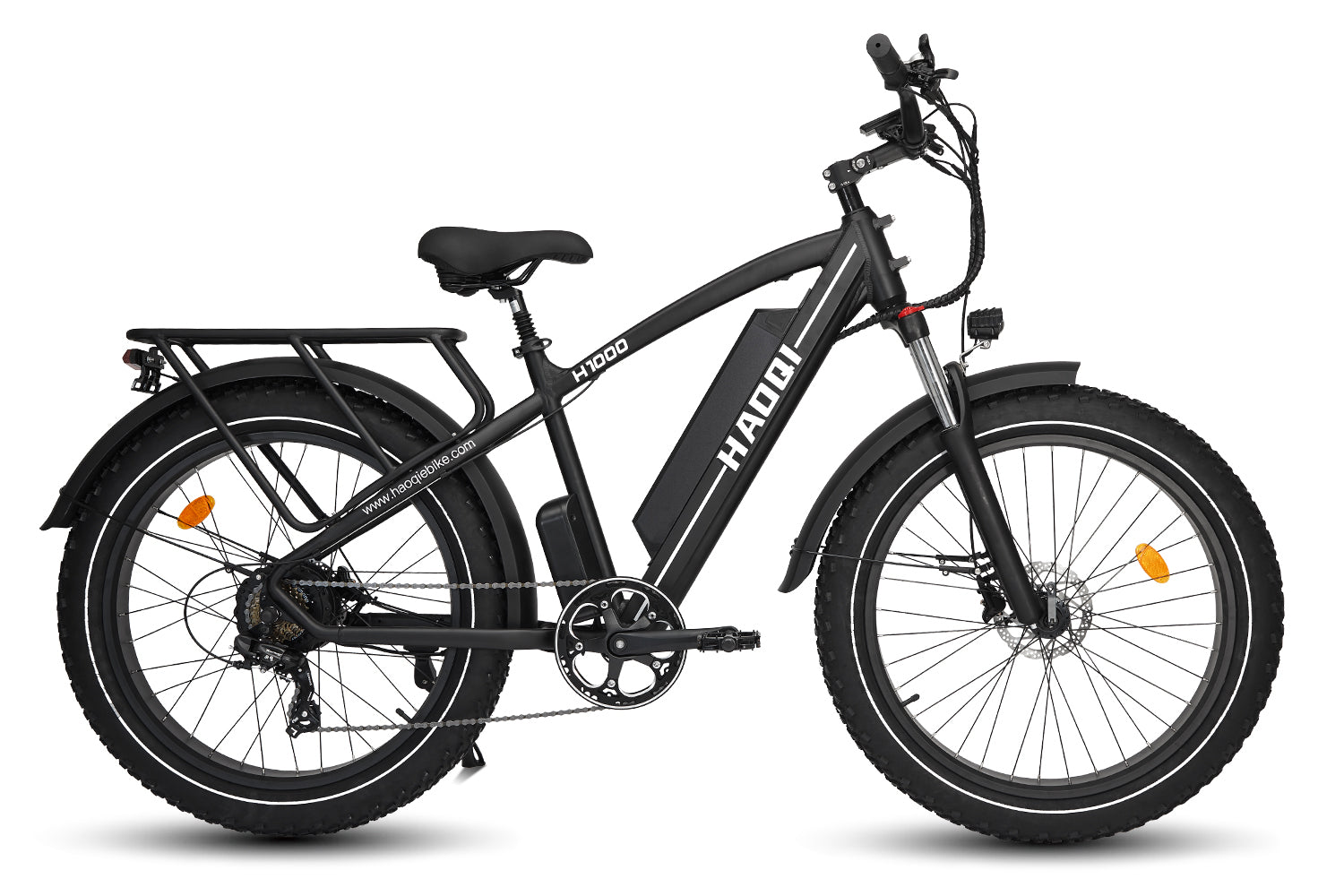
![HAOQI Antelope 500W Cargo Electric Bike (UL Certified) [electric bike] [HAOQI ebike]](http://haoqiebike.com/cdn/shop/products/haoqi-antelope-cargo-electric-bike-with-dual-battery-haoqiebike-com-1.jpg?v=1753954498&width=1500)
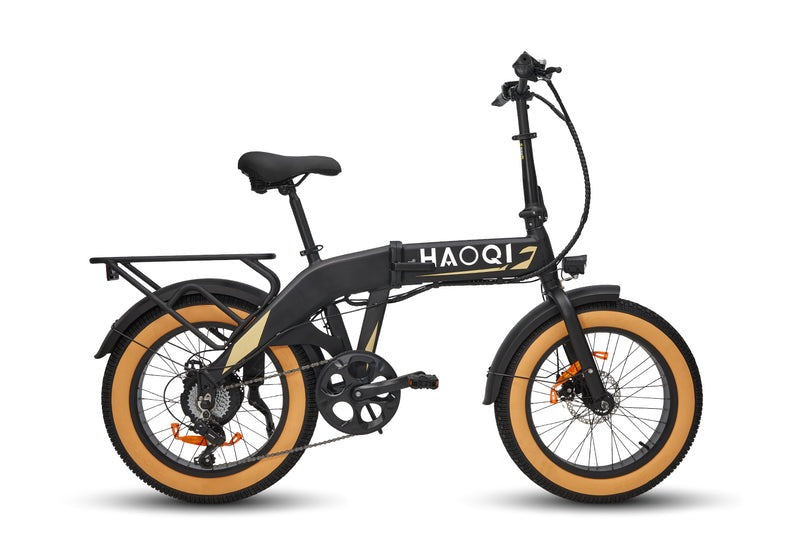
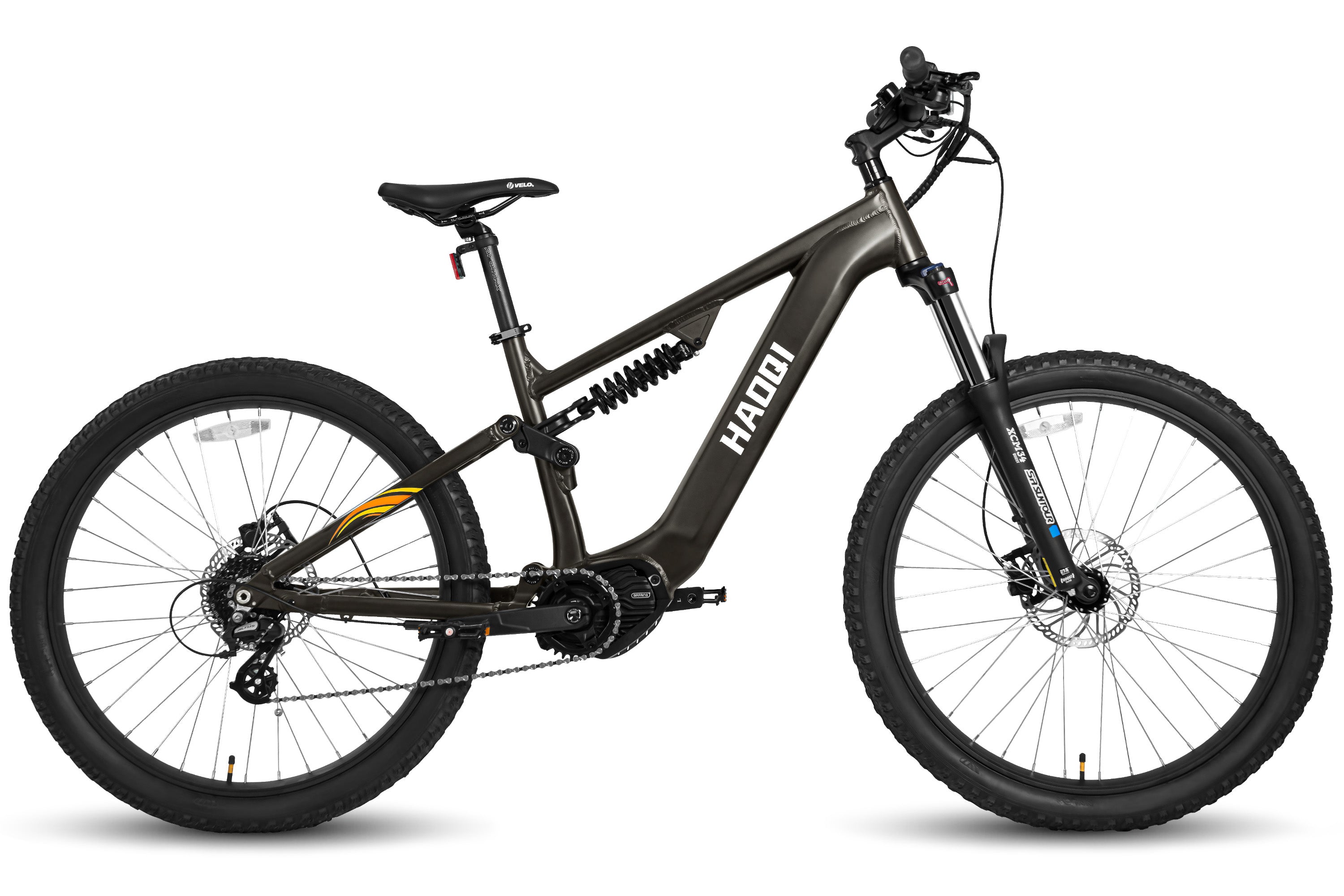
![HAOQI Eagle Long Range Electric Bicycle (UL Certified) [electric bike] [HAOQI ebike]](http://haoqiebike.com/cdn/shop/files/2_bf7ae46b-aad6-472a-9c14-d56ca3f0feb6.jpg?v=1755142722&width=1500)
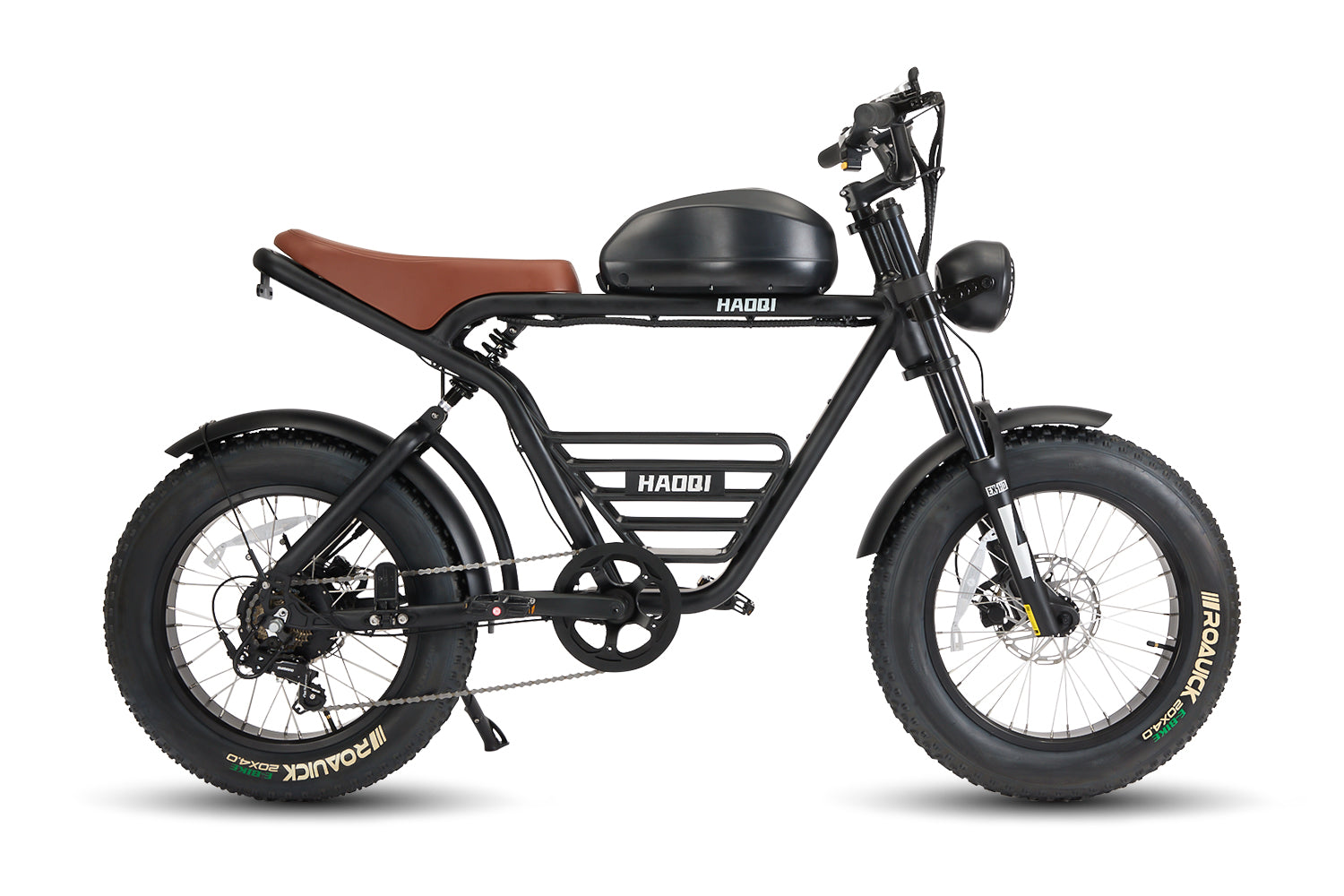
![HAOQI Antelope Pro 750W Cargo Electric Bike (UL Certified) [electric bike] [HAOQI ebike]](http://haoqiebike.com/cdn/shop/products/haoqi-antelope-pro-cargo-electric-bike-with-dual-battery-750w-haoqiebike-com-1.jpg?v=1751610204&width=1500)
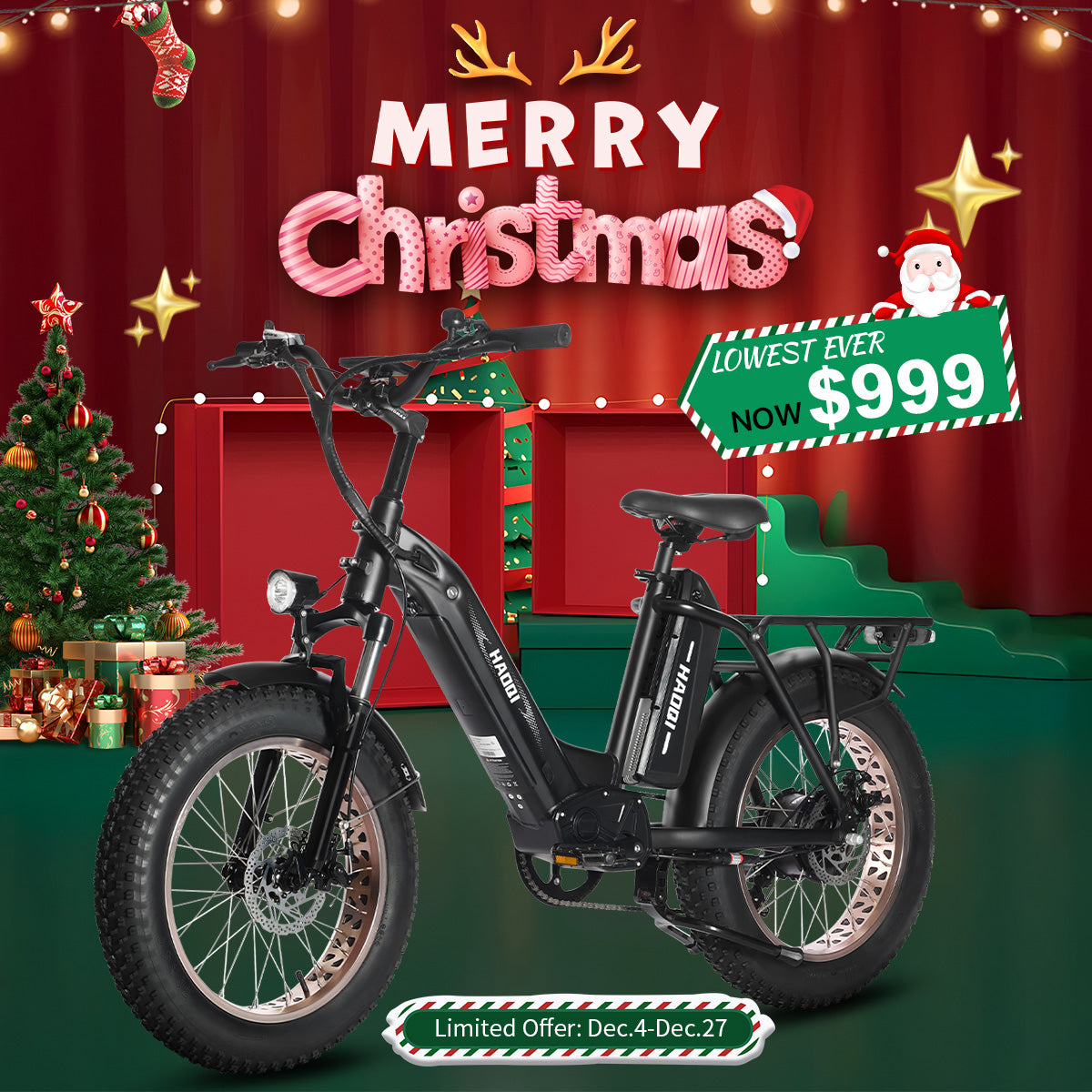

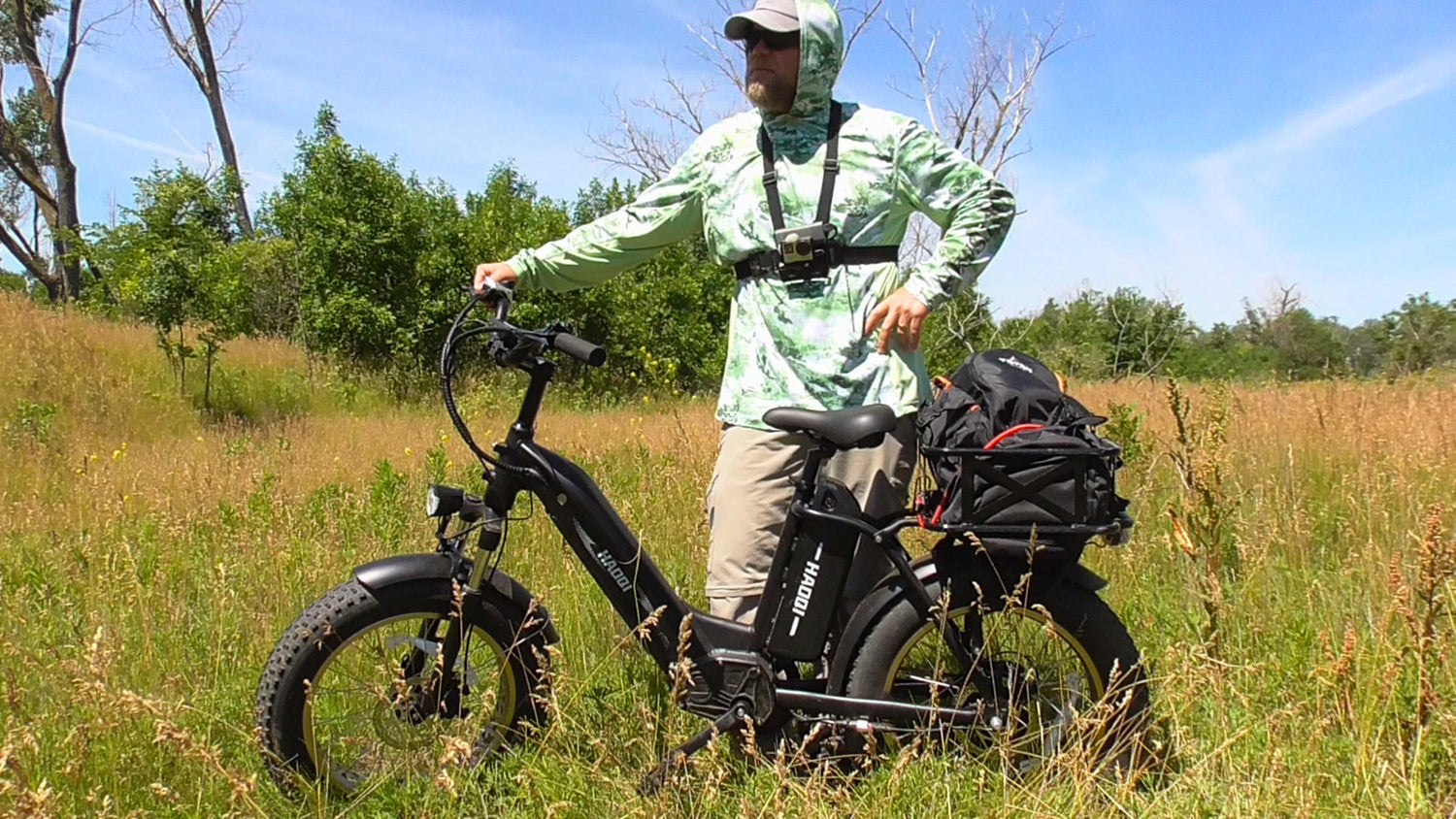

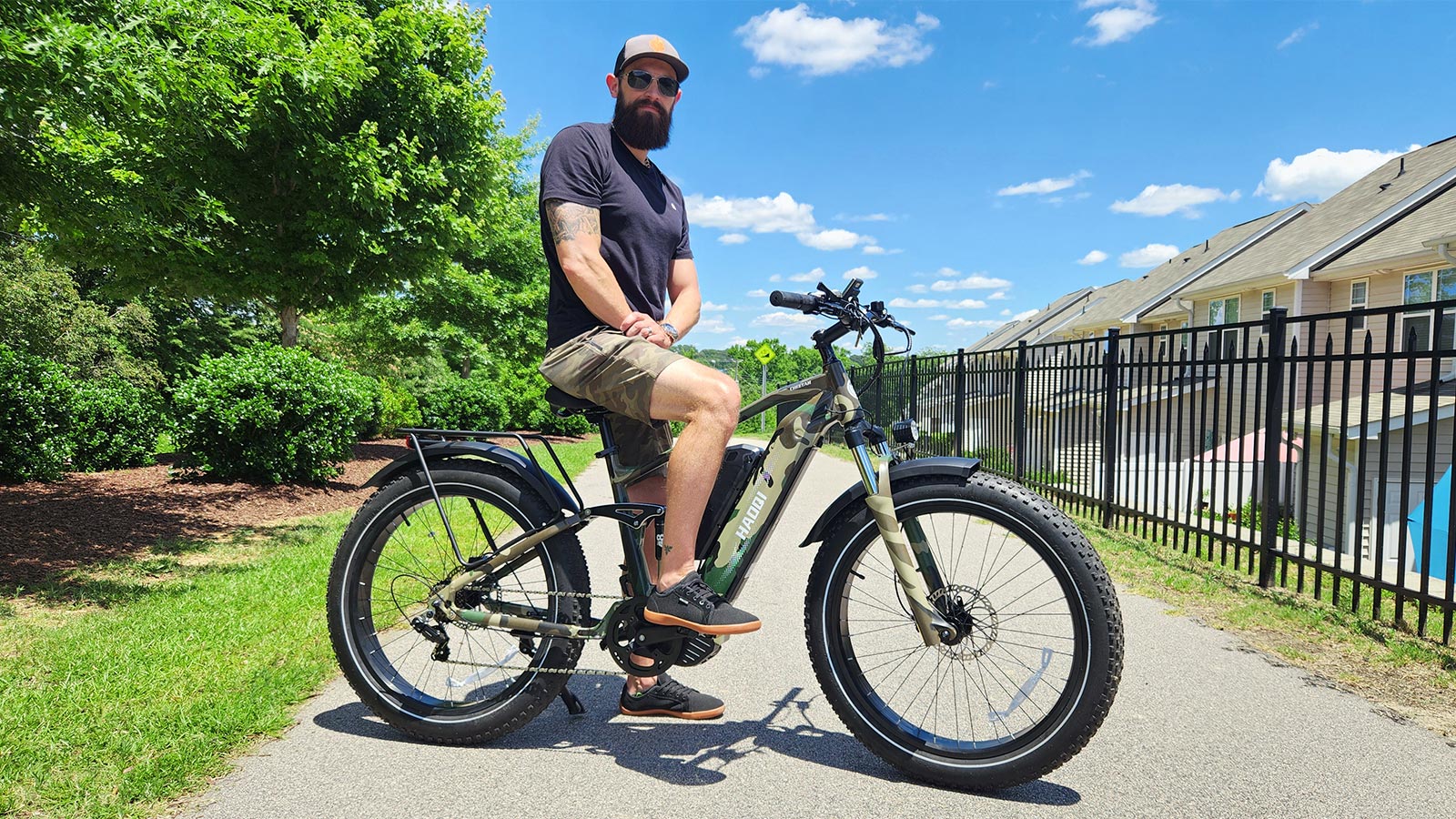




Leave a comment
All comments are moderated before being published.
This site is protected by hCaptcha and the hCaptcha Privacy Policy and Terms of Service apply.